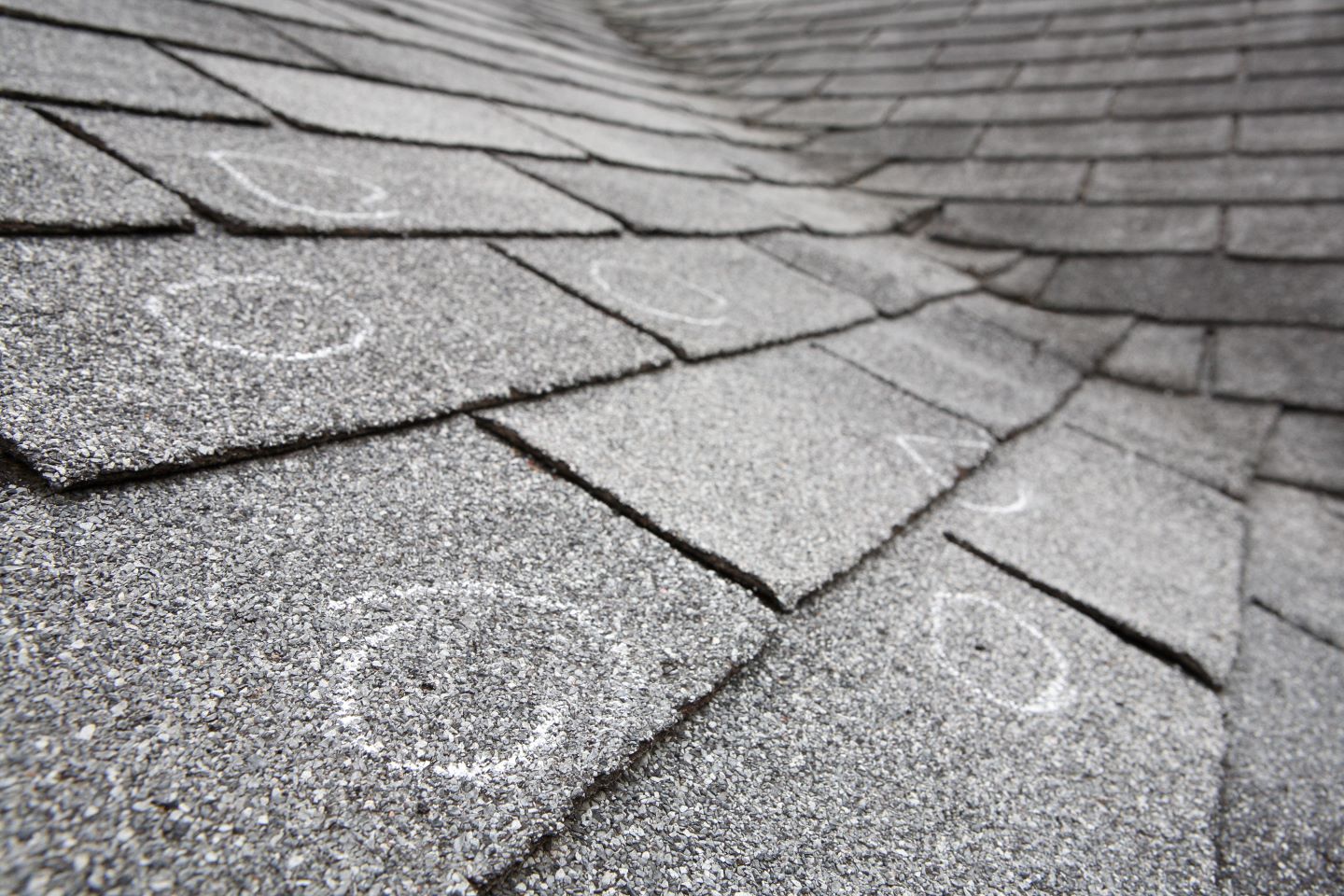Hailstorms are a risk in the United States due to its unique climate. This is especially true in areas that are subject to tornadoes and hurricanes on an annual basis. All exterior elements of a building, especially roofs, are at risk in these situations.
If your home or the building you work in has been pelted by hail, it’s essential to conduct a comprehensive inspection of the property as soon as the storm has passed. This includes checking all visible elements, with a particular focus on the roof, which is most vulnerable to severe weather conditions.
At EDIL, we recommend that the first thing to do is to check the elements of the building that you have in sight to verify possible damage. In this case, we are talking about the gutters, the rainwater pipes, and the external elements of your terrace. It is also important to check the trees around you because if they have lost part of their branches, the chances of significant damage to the roof are greater.
When it comes to analyzing roof damage, we strongly advise reaching out to a reputable roofing contractor in your area. This is crucial for two key reasons:
1) This type of work involves risks due to working at heights, and it is always better to have specialized professionals with all the necessary safety elements.
2) Only a trained and experienced professional can efficiently evaluate and document the damage, differentiating hail damage from other types of damage. This is necessary when submitting a claim to the appropriate insurance company to protect your home.
What should go into a proper damage assessment after hailing?
.- A thorough and complete inspection of the roof tiles is needed to determine which may have cracked or dented due to the storm and, if any, are no longer in place.
– Check the gutters to see if roof debris from the roof or dents prevent them from working correctly.
.- Check the condition of the flashing to ensure that there are no raised, displaced, or improperly sealed flashings.
.- Check for leaks in air conditioners, skylights, antennas, chimneys, and other elements.
Once you have completed and documented your inspection, the next step is determining if the damage can be corrected with specific repairs or if the roof needs replacing. This decision is based on the extent of the damage, the number of items that need to be repaired, and the roof’s age.
Storms and chaotic situations may be a part of our lives, but their aftermath doesn’t have to be a perpetual or complex issue. At EDIL, we are dedicated to assisting you with any concerns related to your waterproofing system and roof maintenance. Even in the face of storms, we are here to guide you and offer the most suitable solution, equipped with the right products to withstand these challenging circumstances.


